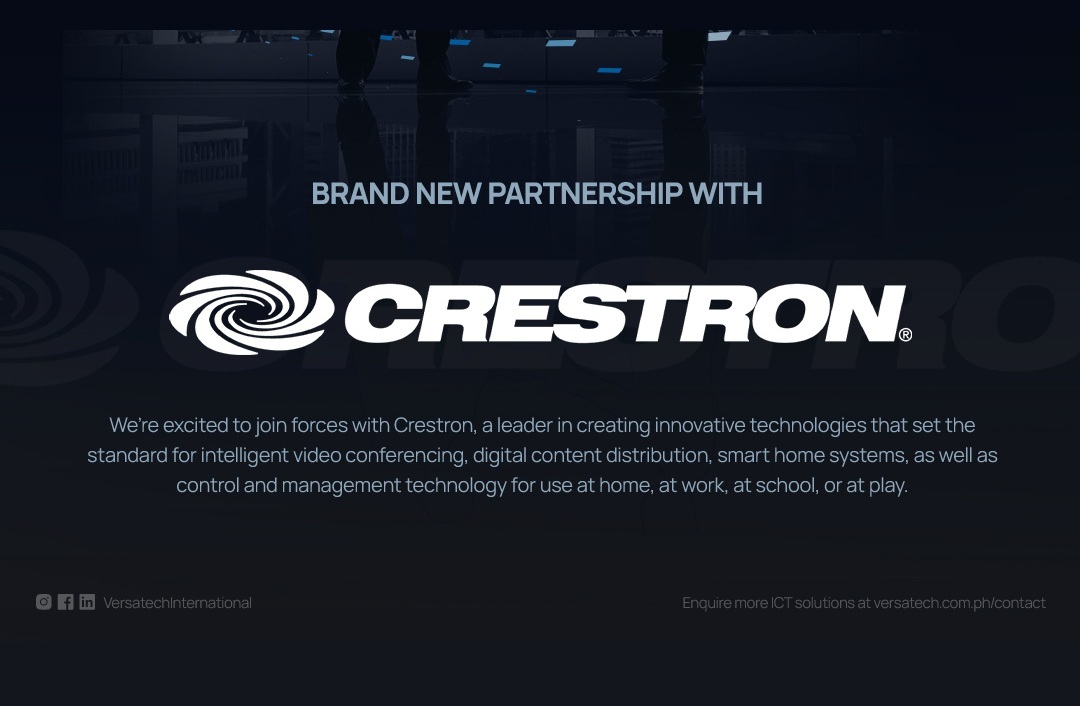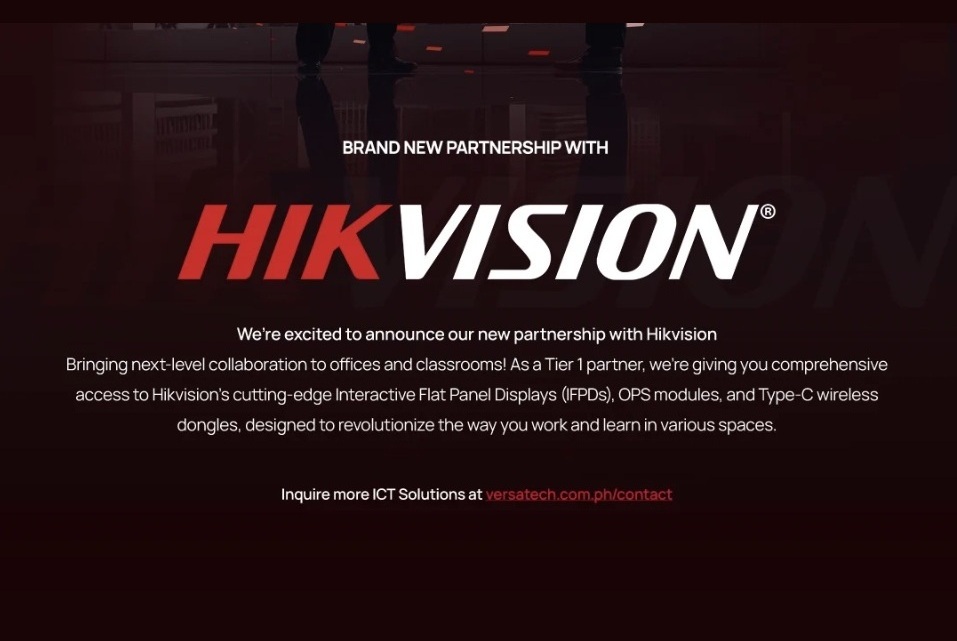Digital signage adds value across most types of organizations, giving you the tools to push communication, share information, drive revenue, and engage with visitors.
At the same time, this wide range of application creates a plethora of choice for consumers.
The digital signage market spans numerous market niches, thousands of display options, and hundreds of media players. If you’re thinking about installing digital signage, it’s difficult to know where to start or even why you should start there.
Luckily, the digital signage market is a lot easier to navigate than you might think. When you go to install signage, you will likely work with an installer who will make professional recommendations to your organization based on needs, output, environment, and other factors. But first, you should understand how to choose solutions for yourself and which factors are important.
What content are you sharing?
While most people naturally gravitate towards choosing displays first and settling on content later, choosing content is an important factor in selecting hardware. It affects your network load, processor needs, and screen capabilities.
In most cases, you can consider photo and image sharing to be light usage (you need the lowest-possible network and processor support), live video and multi-media displays to be medium-usage, and interactive touchscreens, wayfinding, and interactive advertising to be heavy use.
Some advertising will require a great deal of processing no matter what as well, so your digital signage installer might recommend more powerful displays.
Digital Signage Players
Digital signage players are available in numerous different formats including “box,” “stick,” and system on a chip.
System on a Chip and stick players are ideal for most light-to-medium usage because they’re affordable, lightweight, and don’t require much space. Box versions are larger and more powerful, and a better solution if you need more processing power.
Network
Good network management is crucial to maintaining quality digital signage. You need physical servers capable of balancing network load without latency, reimaging, or data-loss.
The larger and more complex your data, the stronger your network needs to be. This also impacts factors such as updates (do you need hardware that supports remote updates?)
Displays
Display content impacts the type, size, and quality of the screen you’re sharing on. Consider how content will divide across displays, how big it will be, and how it will look in any given space.
If you want interactive content, you might need touchscreens, keyboard inserts, or other interfaces for visitor use. This means considering distance (how will content look at a given distance), screen layouts (will you be segmenting display content), and readability.
Once you know what you intend to play, you can more easily choose hardware that complements that content. If you’re unsure of what kind of network or processor load your content might have, it’s always a good idea to discuss your needs with an installer and ask for recommendations first.
Where are you sharing content?
Displays are typically manufactured for specific environments such as indoors or outdoors, high light or low light, close to viewers or far away. These factors impact display technology, mounts, and communication types.
Outdoor Displays
Outdoor displays are waterproofed, typically 2,500-5,000 NITS brightness, and often vandalism proof. Some will offer high wind-resistance, UV-resistant coatings, and even sunscreens. Some outdoor screens are designed for night-use or lower-light use while others are designed for use in full sun. Most will have variable brightness to adjust to light.
Indoor Displays
Indoor displays typically focus on quality, speed, and aesthetics. Most will have a thin or no bezel, can be situated closer to viewers, and are not vandalism or weather proof. Brightness will typically vary from a few hundred to about 2,500 NITS.
Distance
LED displays are affordable and high quality, but typically have to be at least 1 meter from viewers. OLED and LCD are more expensive but don’t typically have these restraints.
Environment
Different types of displays can be mounted in different ways. OLED is thin, flexible, and easy to mount flush to walls, even when they are curved. LCD displays are less flexible but have more bezel and are therefore stronger and easier to hang from ceilings.
Each of these considerations can help you to greatly narrow your options. If you want to mount a display over a counter to create a digital menu, OLED is probably your best option. If you want to share a large digital billboard outdoors, LED would offer the best value for money.
What’s your budget?
While most organizations should attempt to best meet their needs at minimum budget, it’s important to set a budget for your digital signage project. How much can you afford to spend? Can you achieve your digital signage goals for that budget? If not, can you start smaller and expand your network as budget increases or you see a return on value?
Most businesses will benefit most from mid-range solutions offering a mix of quality and affordability. However, if you need specialty applications, specifically need top-of-the-line display quality, or otherwise want something very specific, a higher end solution might be ideal. Review your needs and how you’re prioritizing budget versus features and quality when deciding.
Digital signage is extremely flexible, can often be tailored to meet very specific needs, and is easy to choose in a way that creates modular solutions for different environments. If you’re not entirely sure of what you need, it’s always a good idea to consult a professional installer who can recommend very specific solutions for each application in your organization.






